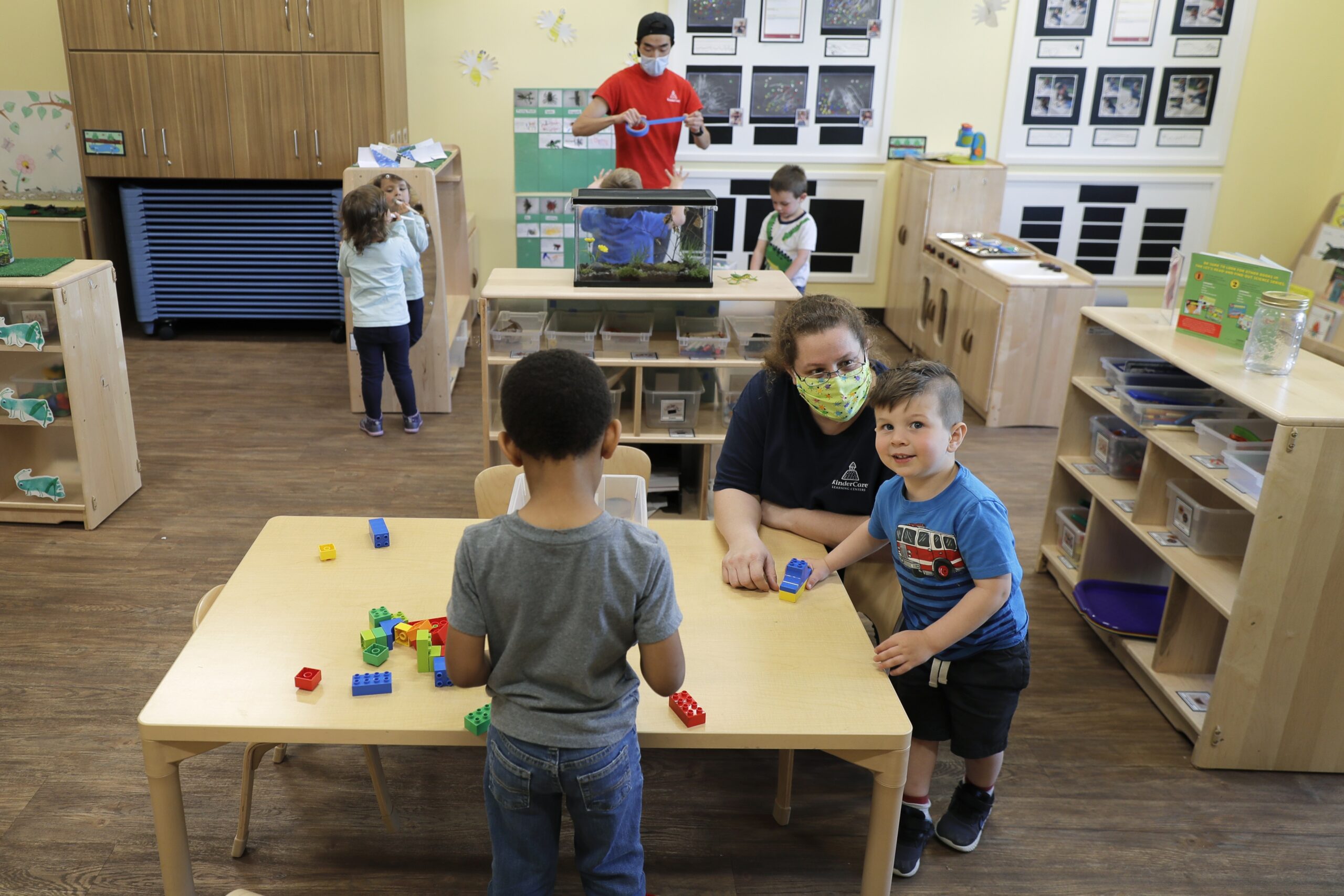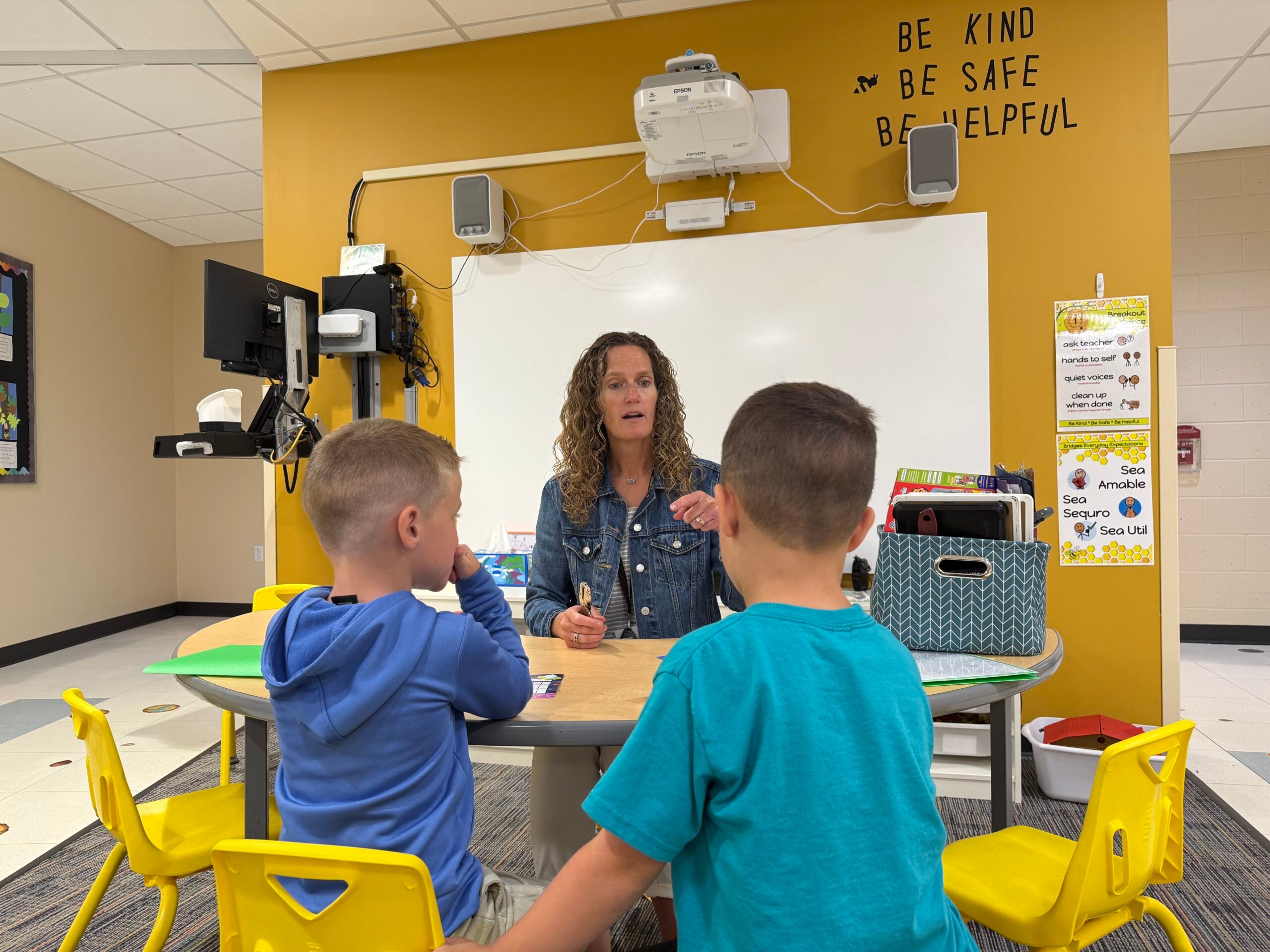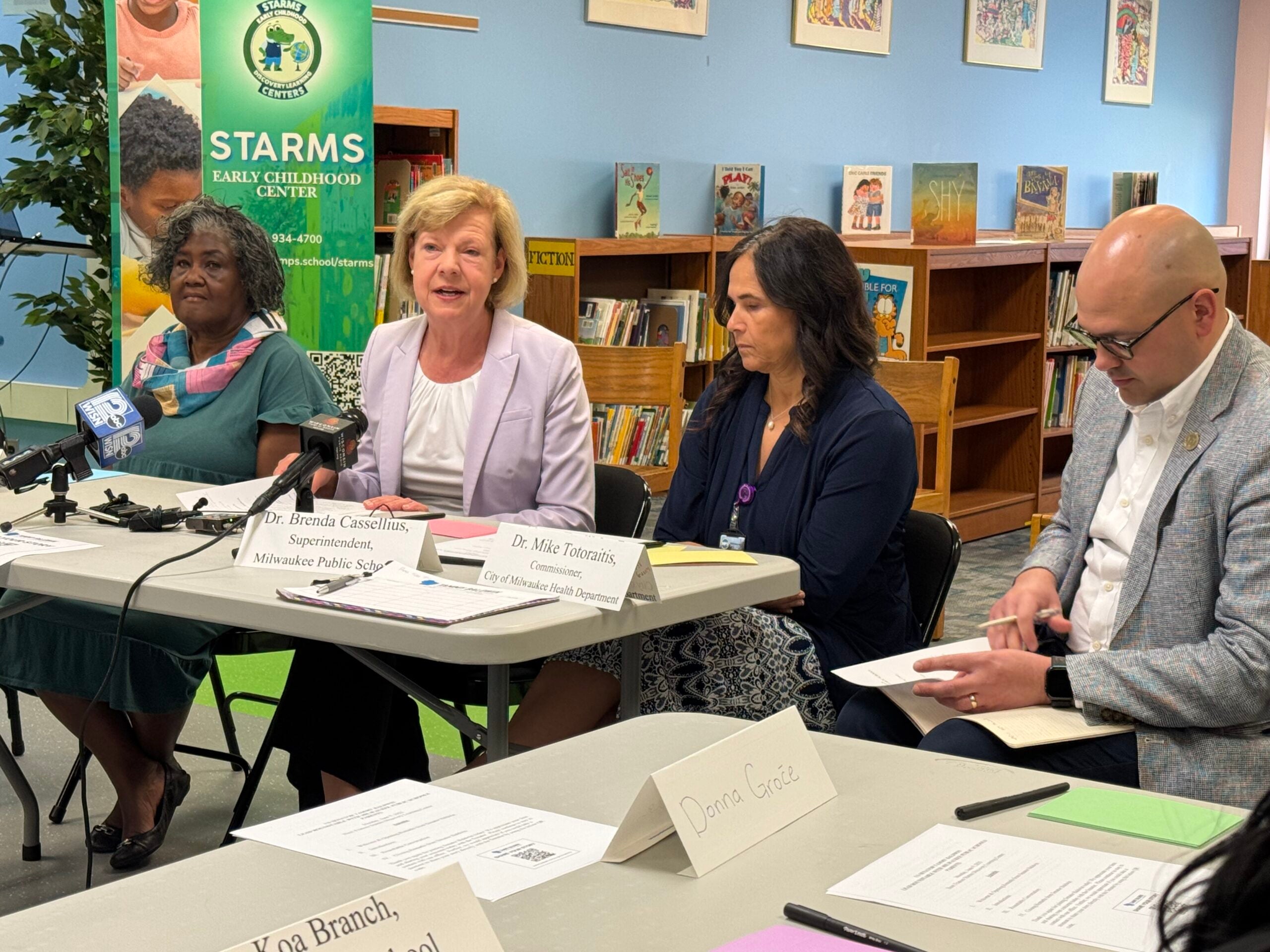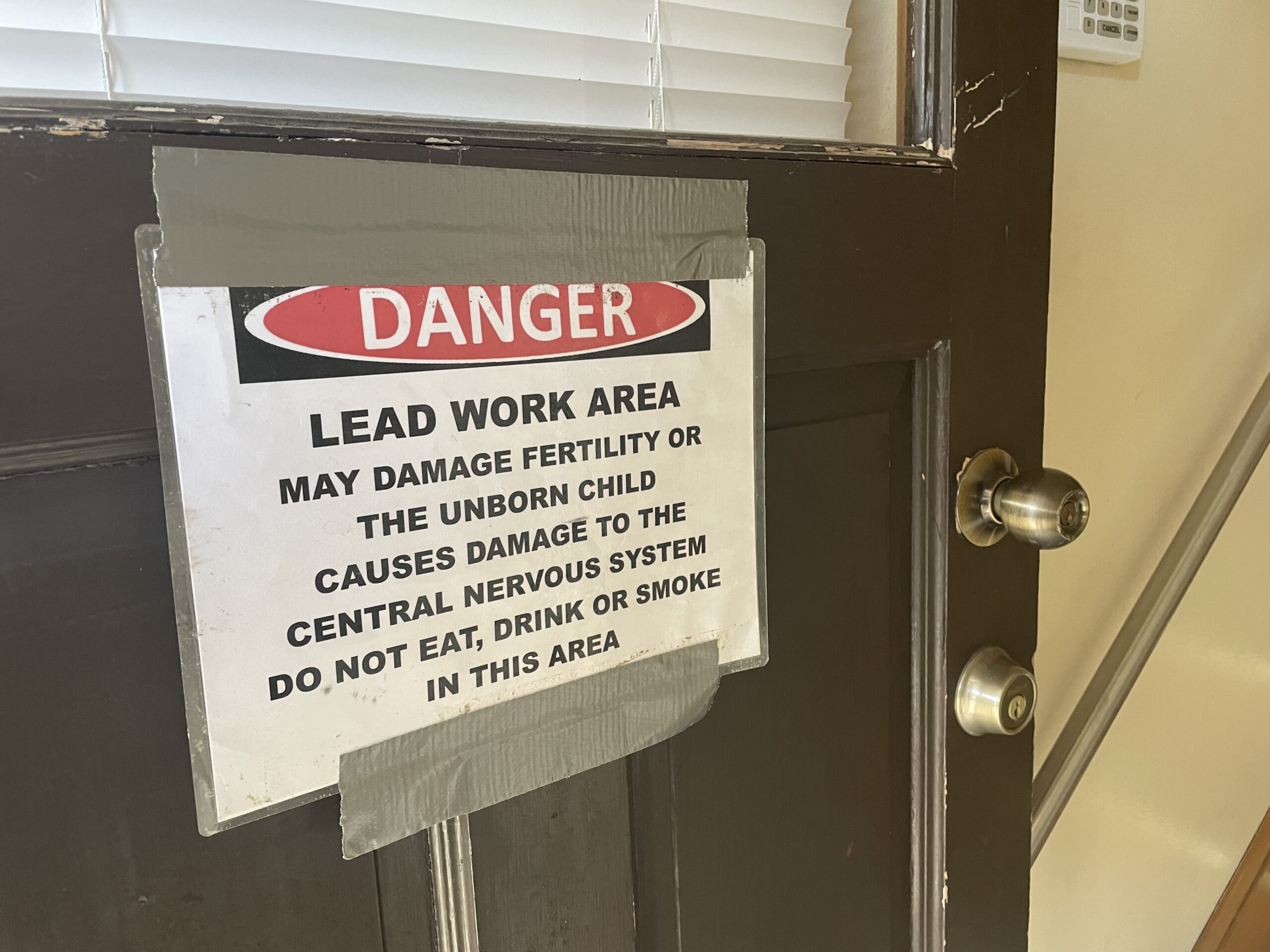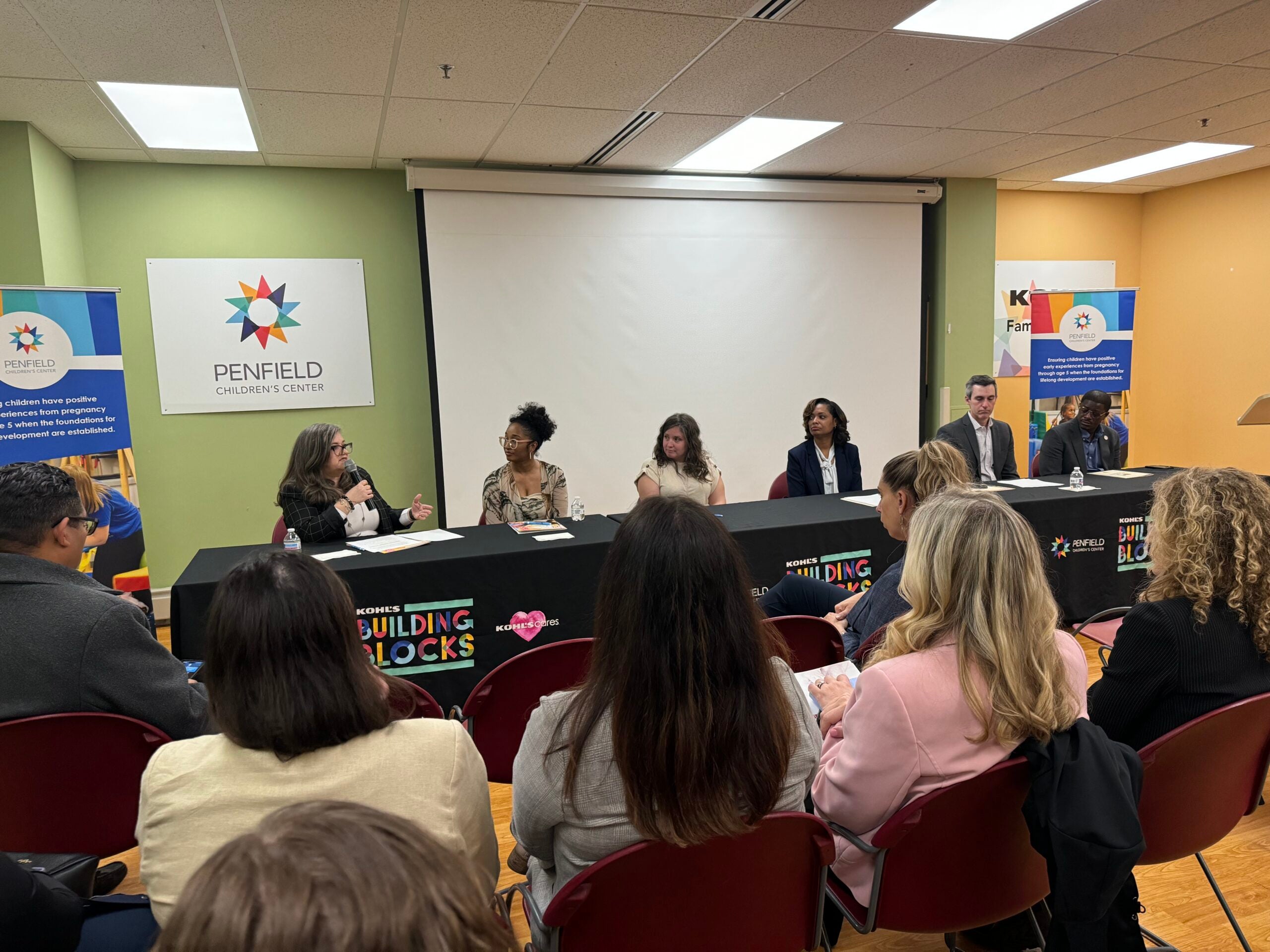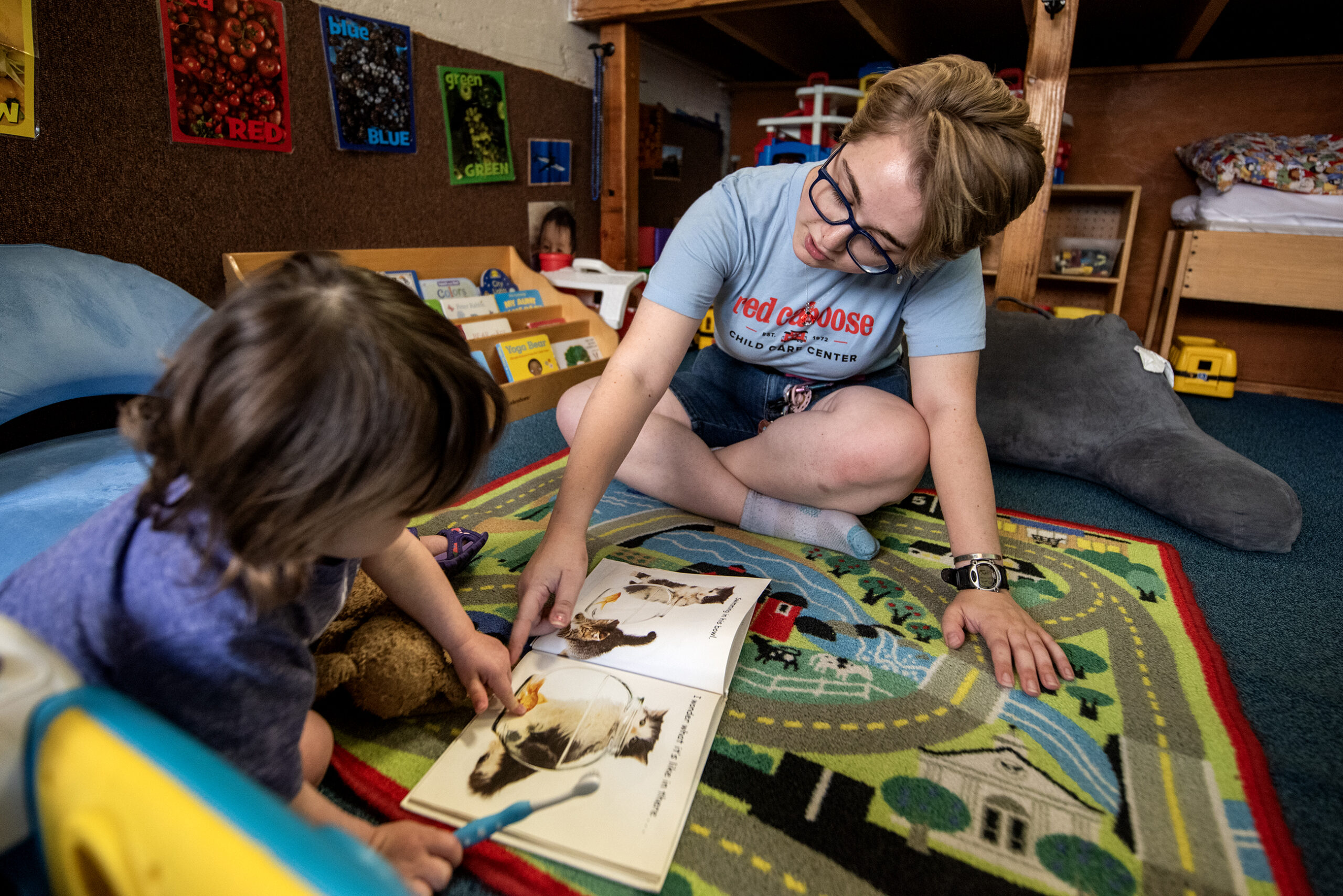Babies learn an enormous amount of information from faces. From language to social cues, developmental psychologists say faces are a learning tool in the same way that books are.
But with the coronavirus pandemic prompting orders and recommendations around the country to wear masks in public, young children are losing out on the crucial visual tools they need for language learning, said Dr. Lisa Scott, professor of psychology at the University of Florida.
Scott is calling on policymakers and educators to implement the use of transparent face masks — like face shields or clear masks — for caregivers and teachers of infants and young children.
News with a little more humanity
WPR’s “Wisconsin Today” newsletter keeps you connected to the state you love without feeling overwhelmed. No paywall. No agenda. No corporate filter.
When learning language, babies use the mouth to help them learn the differences between sounds, such as “ba” and “da” — particularly in noisy environments, Scott said. And while wearing masks doesn’t mean they won’t learn language, it will be more challenging.
“They really rely on the mouth for language development,” she said. “When we cover up the mouth, it seems that they’re not going to get that information … and it’s just a little bit harder and taxing for them.“
Decades of research show that babies learn unique lessons from different parts of the face.
Researchers know from tools like EEGs, which measures brain activity, that infants as young as 6 months learn and understand names of new faces — which may be more difficult for babies to learn when faces are masked, Scott said.
Infants primarily focus on the mouth between 4 and 8 months old, and then again around 14 months when they begin word learning, according to Scott. Research also shows 5-year-olds pay close attention to mouths during conversation.
Alongside language development from the mouth, infants pay close attention to the eyes, where they pick up cues on what’s important, and what details they should pay attention to.
They then often learn social and emotional learning from the movement of multiple features together, such as eyebrows raising during a smile, she said.
“When the whole face moves together, they learn about things like emotions and identity of people, especially when people are paired with names,” Scott said.
Familiar faces, like parents or caregivers, are particularly important for learning, Scott said. It’s still uncertain how wearing masks will affect language development of infants and young children, but Scott recommends if infants are exposed to masks for long periods, at home parents be intentional about giving face time.
“Schedule in some face time where you’re just sitting and playing face to face, talking, making facial expressions and playing with infants,” she said. “Then maybe reading a book to them, interacting with them at that level — that would be useful, regardless of whether they are exposed to masks most of the day.”
Wisconsin Public Radio, © Copyright 2026, Board of Regents of the University of Wisconsin System and Wisconsin Educational Communications Board.
